Online marketing promises a holy grail of customer acquisition where you can flip a switch and watch leads waltz through the door.
But that fairytale notion is becoming exceedingly rare and infinitely more difficult to achieve.
More than 60% of marketers say their Facebook Ads aren’t working.
So the try organic posting. But, Facebook organic reach is hovering at just 2%.
Social media traffic in general? It’s half of what it was just a few years back!
What about pay-per-click (PPC)? In 2018, the average display conversion rate is less than 1%.
Email marketing is great…
…if you can reach prospects through the noise of the 121 emails they get daily (not including promotional ones).
So, what’s left? Search engine optimization?
With 55% of marketers saying that growing their website traffic is their number one priority, it’s becoming more competitive than ever before.
More specifically, 61% stated SEO and building their organic presence as their top project.
Every single modern advertising method is going through the same cycle of conception, testing, success and inevitable saturation.
Meanwhile, we’ve completely ignored dozens of old-school marketing tactics, getting caught up in the inbound noise.
We’ve left them in the dust where “they belong.” But they’re making a resurgence.
Here are four old-school tactics that are making a comeback in this currently saturated landscape.
1. Direct mail produces massive average ROI
Did you know that the average American worker gets over 120 emails every single day? That’s just for work.
That’s not including the 49.7% of emails that people get, which is filed under their spam or promotional folders.
People are getting hundreds of them a day beyond just work.
And they’re sending 40+ business emails daily.
According to the Washington Post, the average person spends 4.1 hours every single day on their email account.
That adds up to more than 20 hours weekly.
Using their online calculator, you can plug in simple numbers and get estimates of how many hours you will write work emails for in your entire lifetime.
It’s safe to say the data is shocking.
Even 79% of people say that they check their work email on vacations.
I know I’m guilty. It’s hard not to.
So, why does all this matter for old-school marketing tactics?
Because it proves the point that email is more saturated than ever.
And it shows a clear distinction between work emails and promotional emails.
People are ignoring promotions because they are already spending 20+ hours weekly on just business emails.
So all of your outreach emails to land leads, prospects, and sales are barely getting noticed.
People aren’t checking them. Not when they have 120+ business emails to respond to.
Breaking through the noise is becoming harder and harder. A fool’s errand.
Sure, if you can do it, it can pay off big time.
But with the current amount of saturation, it’s time to think of different ways to get attention.
And with direct mail, you can do exactly that.
Direct mail? I know what you’re thinking, is this a joke?
Absolutely not. In fact, the statistics proving it’s worth will shock you.
Let me explain:
First, direct mail volume, as in the amount of direct mail sent, has declined heavily over the last decade:
Wait, Neil, I thought you were going to tell us good news?
While the decline in direct mail usage might seem like a negative, it’s the exact opposite.
Why? We’re trying to avoid saturation.
In fact, the fewer people sending direct mail, the better. It means less competition for you.
According to the DMA, direct mail is thriving still. Over 100 million adults made a catalog purchase in 2016.
And of those who receive catalogs, 42% read them. That’s a high open rate compared to emails.
Well, what about direct mail response rates? They average at 5.3%.
Compare that to email and PPC marketing that average at just 0.6%.
To add to its efficacy, 70% of people think that direct mail is more personalized than online interactions.
So, what about return on investment? The average ROI ranges from 15-17%.
You can bet that if you put hard work and effort into direct mail that you’d be seeing double that ROI, too.
Overall, the average response rate is 10-30x higher than digital efforts.
Don’t believe what people tell you about direct mail. It’s far from dead. While it may be outdated compared to online methods, the data proves it’s worth.
In a recent case study, Intronis, a cloud backup and data protection company, implemented direct mail efforts to reach big clients.
Why? Because Aaron Dun, the Chief Marketing Officer of the company was struggling with saturation.
He couldn’t reach the prospects he needed through typical marketing channels.
There was too much noise and too many competitors vying for attention.
Instead, he sent multiple direct mail pieces to each client in attempts to drive phone call engagements with his sales team.
Outlining his target prospects, he was able to ensure that his message was received.
The direct mail piece consisted of an Atari replicated unit, and a sticker saying “Intronis got game.”
Prospects who responded to the direct mail via phone or email outreach got pushed further down their funnel.
They were targeted for a second campaign, upgrading them to a new gaming system like a Playstation or Xbox.
Going even further, qualified prospects that were close to converting were sent $200 steakhouse gift cards.
It’s safe to say that they went all out.
But the result was worth the high cost of acquisition:
They generated a 35% conversion rate on their target outreach list.
With an initial group of 50 leads, they got 50% of them to schedule a 30-minute sales call with the sales team.
22% of the 50 target prospects converted into full-time customers.
Overall, their return on investment was 700%.
I know what you’re thinking: I can’t spend $10,000 on a direct mail campaign.
But let me ask you this: why not?
What if you generated a 35% conversion rate and those customers spent thousands with you over the course of a year?
Then your acquisition costs wouldn’t matter.
That’s exactly what happened to Intronis. Dun said:
“We’re willing to invest a little more in the acquisition of those customers because our expectation is that they are going to spend more with us. And, by and large, that has been the case.”
By focusing on lifetime value, they allowed themselves to spend more on acquisition, making a direct mail piece that would knock competitors out of the park.
And it clearly worked. Want to see the full story? Check it out:
This isn’t some one-off success, either. Conversion Fanatics, an SEO company, used direct mail to generate a 25% response rate and dozens of big-ticket clients.
Direct mail works and loads of companies are finding success with it.
You just have to get creative, think outside the box, and only focus on targeting big clients that would heavily impact your yearly revenue.
2. Use account-based marketing for big clients
Every marketer thinks they know “personalization.”
They slap a few [fname] brackets on their emails and call it a day.
But we all know that’s not real personalization.
Using someone’s name at scale is bottom of the barrel personalization. In fact, it’s just respect and common behavior.
It’s a weak attempt that customers see coming from a mile away.
Just because you’ve used their name doesn’t mean they will buy from you.
Not unless you use real personalization.
And data shows that the majority of customers prefer personalized offers.
Cookie-cutter marketing tactics won’t work in this saturated environment. And it’s definitely not going to stand out or build brand awareness.
Instead, you should be using account-based marketing. While it’s not directly old-school, it actually is:
Before the Internet, you had to talk individually to potential accounts. To woo them. To build real, one-on-one relationships.
And that’s what ABM is all about!
So, what exactly is it?
ABM flips the typical funnel on its head:
Where inbound marketing seeks to follow a buyer’s journey from awareness to purchase, ABM instead identifies targets beforehand.
You qualify prospects upfront, ensuring that you don’t waste money when your leads drop off further down the funnel.
You only target the best of the best and set yourself up for big wins and big clients.
ABM is a fundamentally different approach than standard inbound marketing campaigns.
With inbound, you are focusing on casting a massive net and roping in as many leads as possible.
With ABM, you focus on accounts as their own individual market.
This allows you to get extremely personal and build actual relationships with each prospect or target account.
Instead of blasting out email campaigns that aren’t personalized based on each prospect’s wants and needs, hoping to land a few percent, you send out individualized campaigns that directly tap into each account’s pain points for maximum impact.
Every marketing campaign you send is laser-focused on one account and their business.
Optimizely is a perfect example of this strategy in action. At a marketing conference, they unveiled their strategy of ABM and how they targeted 26 different accounts:
Using dynamic landing pages, they optimized each one for a different account. For example, in the image above, they targeted Microsoft as their own market.
Meaning Microsoft got a fully custom experience directly targeted to their specific wants and needs, rather than a generalized idea of those pain points.
Using that approach, they saw a 117% jump in account signups.
According to a survey, 97% said ABM had a higher ROI than other marketing mediums.
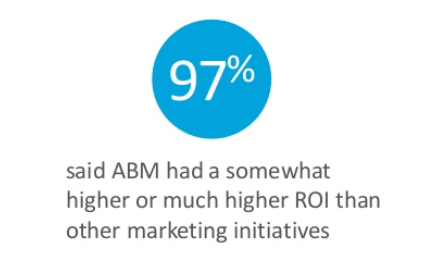
On top of high ROIs, 84% said it improved relationships between clients and their company:
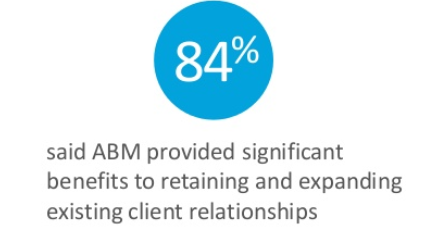
While ABM isn’t exactly old-school, it’s built on old-school foundations of actually talking to clients and servicing their individual needs.
To the days when business lunches were key to success.
According to Marketo, the average returns for B2B ABM are huge. Using personalized campaigns for target accounts, you can expect 33% conversion rates.
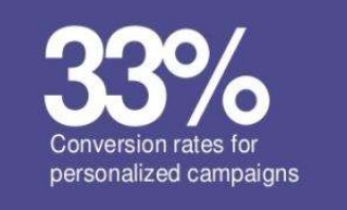
Plus, your
source https://blog.kissmetrics.com/old-school-marketing-tactics/
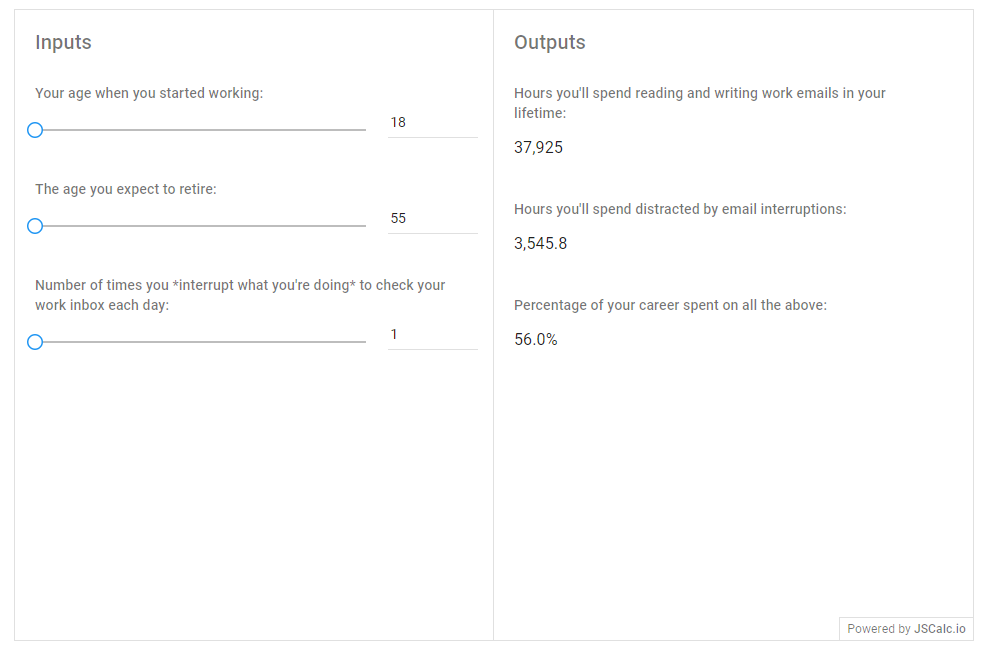

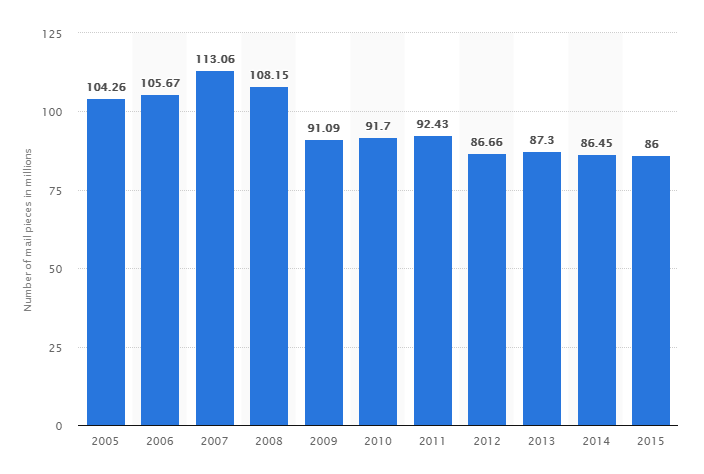
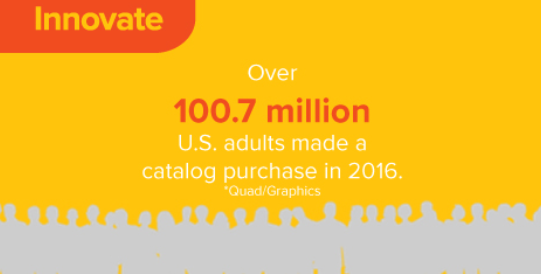
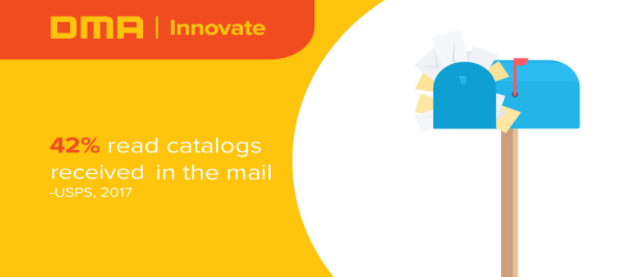


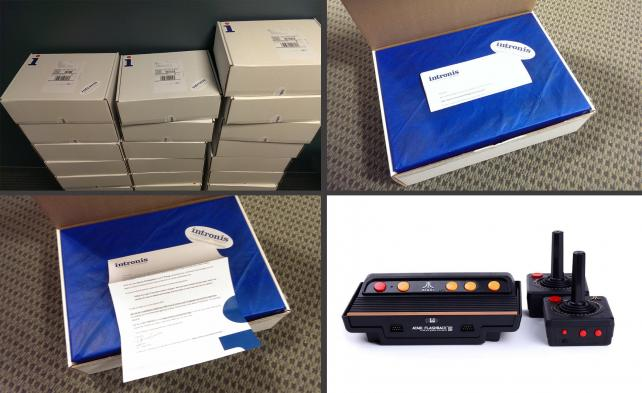

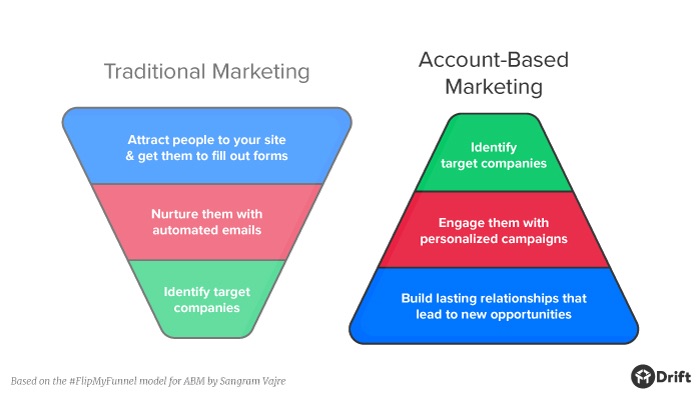

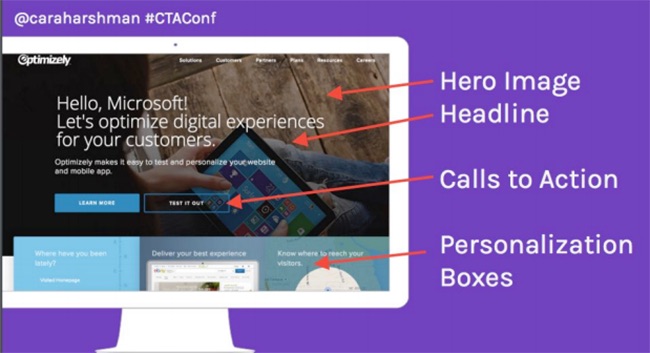
No comments:
Post a Comment